
5 things to know about Winnipeg’s big sewage problem
115 billion litres, 70 years to fix, $5.5 billion in lawsuits
Ontario has added seven animals to its list of species at risk.
The new additions were recommended by an expert panel in 2021 and locked in by the provincial government earlier this year, part of an annual update to the endangered species list. They include one bird and six other small species that are a little less conspicuous: two bumble bees, a moth, a cricket, a snail and a mussel. Elsewhere on the list, three species had their status changed in response to cuts the Ontario government made to species at risk rules in 2019.
Growing the endangered species list is inherently sad — it means more forms of life are dwindling in number, decreasing biodiversity and setting off cascading consequences for the ecosystems we all depend on. But the list also provides a shred of hope: being there gives species extra layers of protection that could mean better odds of survival.
“It’s essentially the last line of defense for species,” Nico Muñoz, a postdoctoral fellow at the University of Ottawa’s Department of Biology who has written about endangered species in Ontario.
“Species only get on the list after they’ve been in trouble, so they’re already in a state of vulnerability to extinction. But being on the list means something … Being on the list means that help should be on the way.”
In Ontario, species are analyzed in batches by an expert panel called the Committee on the Status of Species at Risk in Ontario, or COSSARO. The panel decides which species should be on the list and if so, what their risk classification should be. Once the panel sends its decisions to Ontario’s Environment Ministry, the government must update the list within a year. If a species’ status is either endangered — the most risky rating — or threatened, it immediately becomes illegal to harm the species or its habitat once it’s on the list.
Below that, there’s also a third category, special concern. The province is required to prepare a plan for managing species in this category, but it is not required to offer them the protections afforded to threatened or endangered ones.
With the world facing a biodiversity crisis, these types of protections are important everywhere. They’re also uniquely crucial in Ontario, particularly the southern part of the province, which includes part of the northern boundary of the Eastern Temperate Forest ecoregion that blankets much of North America. In some places, it’s possible to see this natural boundary in real life: if you could travel from Windsor, Ont. to the north shore of Lake Huron, for example, you’d notice the types of trees and animals gradually change.
The northern populations of these species are becoming more important as the planet heats up and plants and animals are pushed further north to survive. The individuals already living at the edge of their range are on the forefront of that change, and better adapted to the harsher conditions there. Allowing them to wink out in the places they’re being pushed to, like Ontario, could be devastating to the species as a whole. But the same pleasant climate that creates the conditions for this incredible biodiversity is also appealing to humans, creating competition for space between natural areas and development.
Here’s a rundown of the additions and changes to Ontario’s species at risk list, and what the challenges these animals and plants are facing says about the province’s conservation regime.
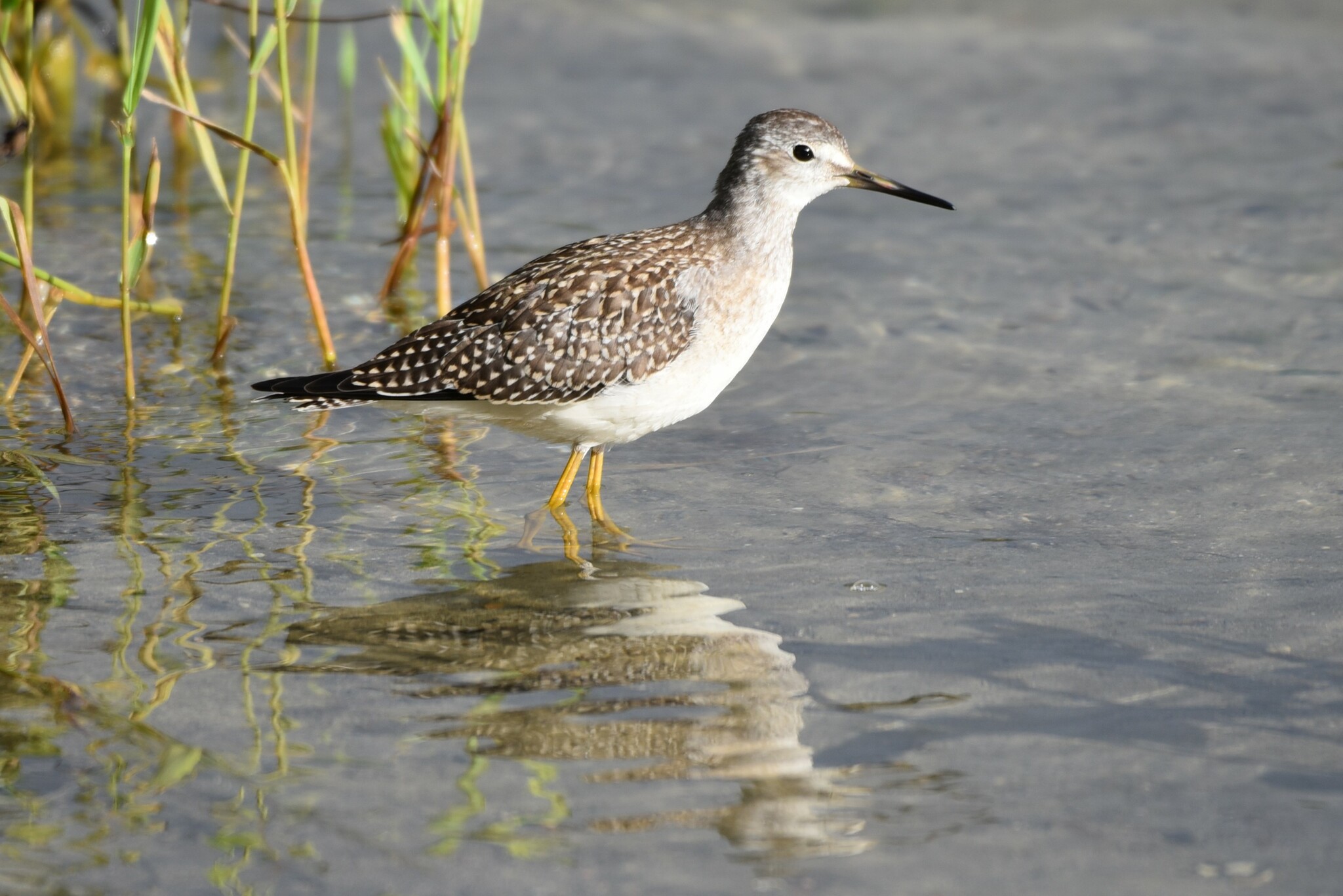
Of the seven new additions to Ontario’s species at risk list, the one with the most obvious charisma is the lesser yellowlegs, a shorebird known for its distinctive lemon-coloured limbs, which breeds in northern Ontario.
The other six are smaller and less flashy, but equally crucial to the ecosystem.
Two are bees. The American bumble bee, a fuzzy pollinator found in Ontario in Quebec, is now a species of special concern. The Suckley’s cuckoo bumble bee — a parasite species that relies on other types of bees to survive and has experienced a stark population drop throughout its range as some of its host species decline — is on Ontario’s list for the first time as endangered.
Neither are the types of bees that make honey, which are an invasive species from Europe. But they’re extremely important: native bumble bees can spread pollen in ways that invasive ones can’t and pollinate crops like blueberries and eggplants, said Sheila Colla, a conservation scientist and associate professor at York University who specializes in bees.
Having more species of bumble bee around also helps soften the effects of climate change, Colla said. For example, if one species of bee suffers a massive blow due to an extreme storm, other species that nest differently would still be able to pollinate crops we rely on.
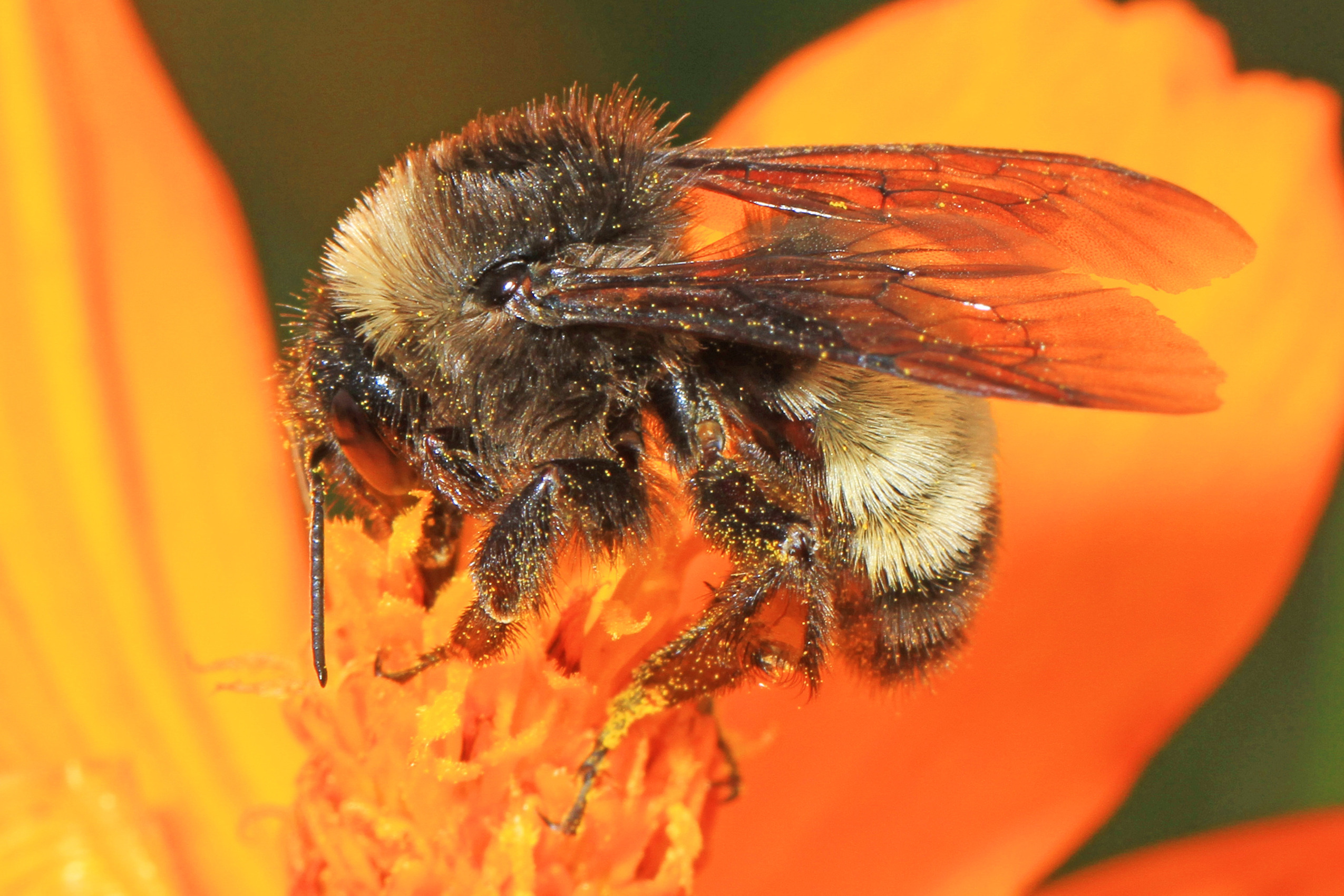
“Keeping as many species in the system as possible makes that system more resilient,” Colla said. “If you’re just relying on a few species, it’s a lot more risky.”
The same principle applies to the other small species added to the species at risk list this year. The endangered striped whitelip snail, for instance, quietly keeps its environment going by aiding the decomposition process, creating soil.
In many cases, decades of decline have already left these tiny Ontario residents vulnerable.
Take the Davis’s shieldback, a threatened cricket just added to the list: though it also lives in a few places in the United States, its population in Ontario is limited to between 300 and 1,310 living in the Norfolk Sand Plain area by Lake Erie. It cannot fly or travel long distances, which means it has a difficult time finding new places to live as its habitat is gradually chipped away by human development. The reversed haploa moth, now listed as threatened, lives in oak savanna, oak woodlands and dune habitats in southwestern Ontario — 98 per cent of which have already been destroyed. Scientists don’t even know enough about the moth to estimate how many might be left.
Not only are these species important, they’re also just remarkable. The purple wartyback, a threatened freshwater mussel added to the list in 2023, is found in just three watersheds in Ontario. Its bumpy shell is a gorgeous pearly violet on the inside, it can live for up to 40 years and it plays a vital role in cleaning water so other species can survive.
The loss of these lesser-known species would be terrible, but the fact that Ontario has recognized the gravity of their situation is a good thing, Muñoz said.
“We don’t see them in our daily lives,” Muñoz said. “These kinds of species can fly under the radar a bit. But they actually have an important role ecologically.”
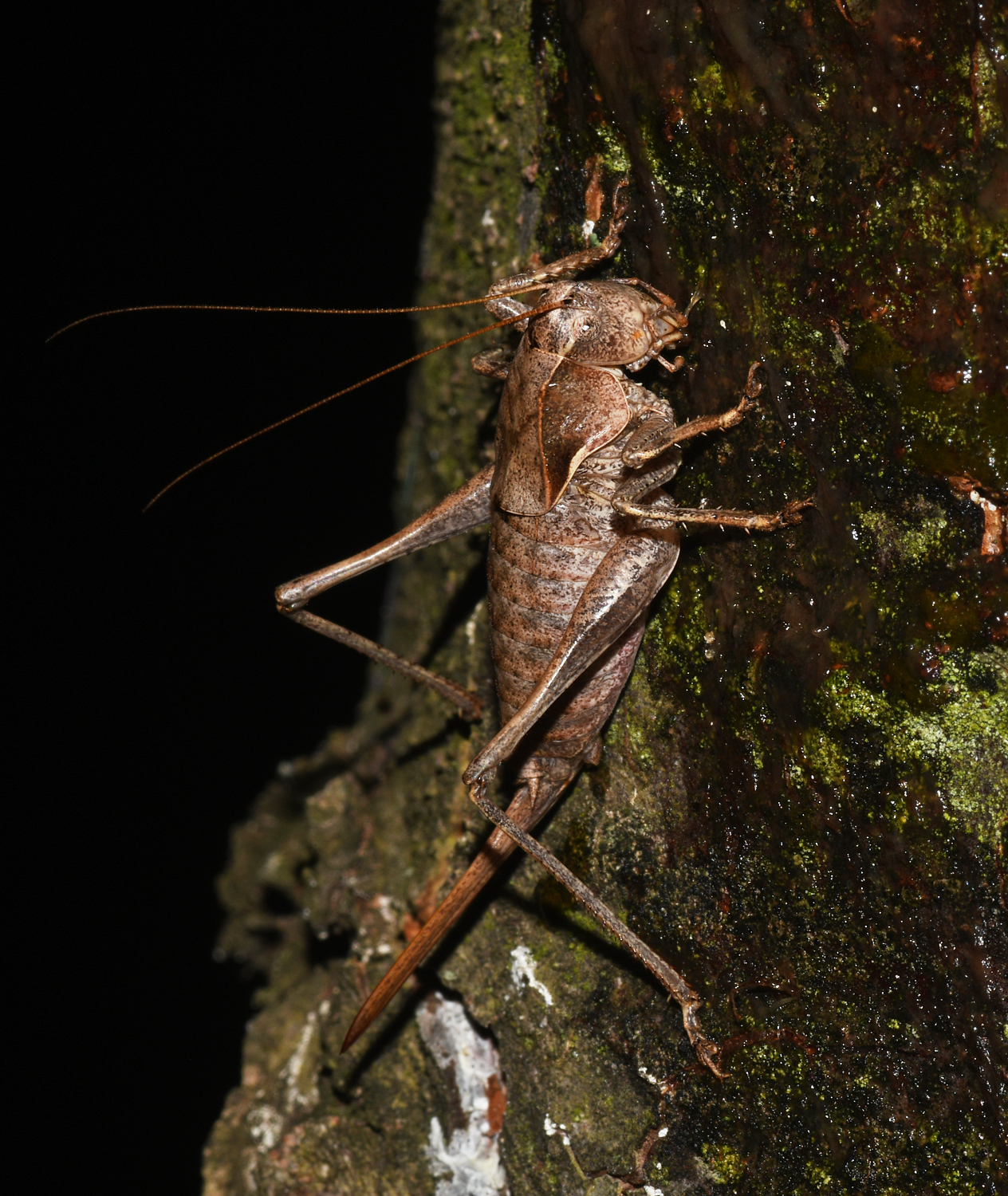
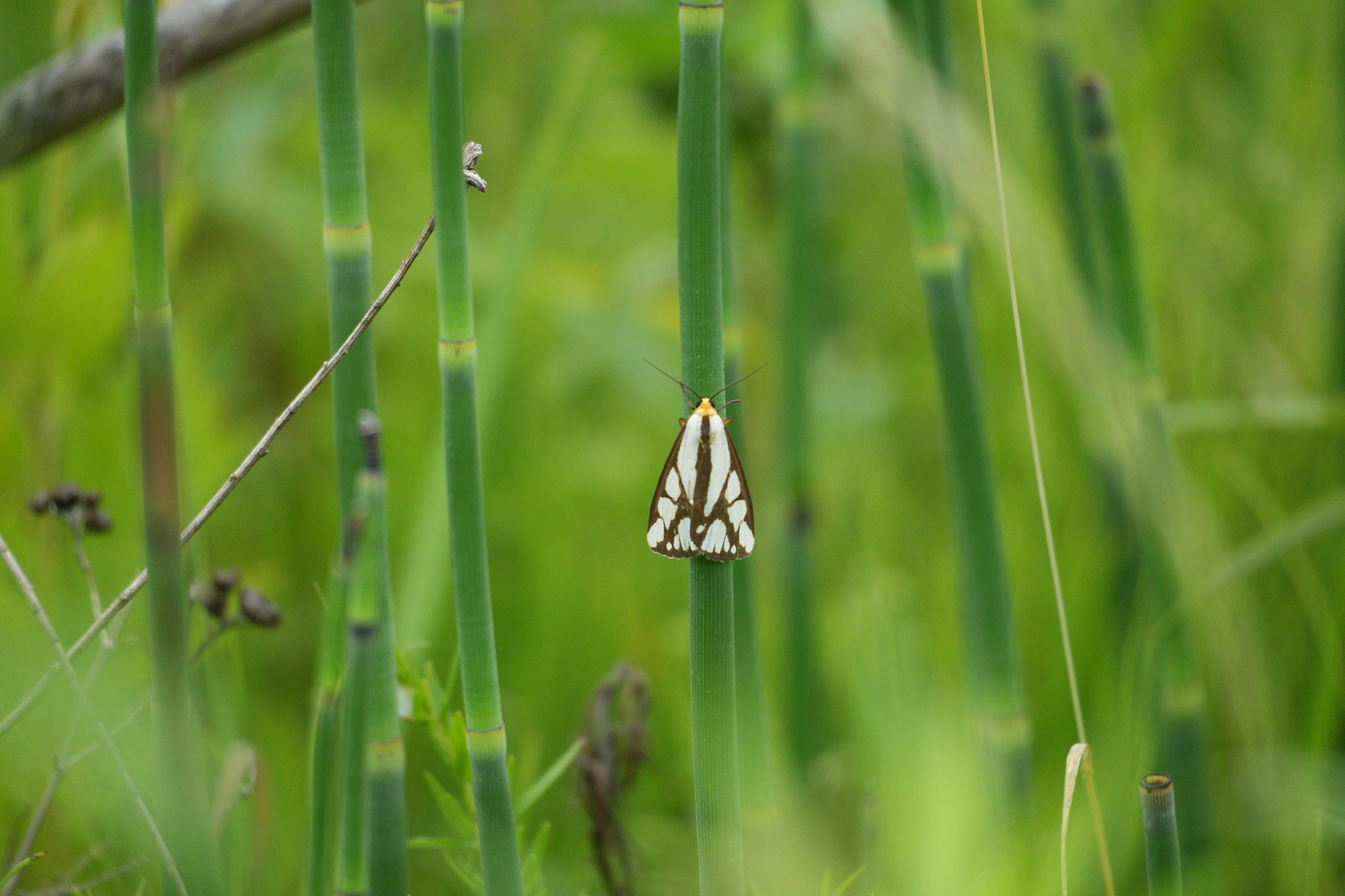
The Ford government made sweeping cuts to Ontario’s protections for species at risk in 2019. At the time, experts warned the changes could result in plants and animals being removed from the list, and therefore stripped of protection.
One of the biggest changes was the requirement that the committee that assesses species at risk consider their “biologically relevant geographic range” when deciding whether to give them protection. Theoretically, scientists said, species that are endangered in Ontario but also live in other places could be given lesser status here, or even be delisted.
The 2023 update to the species at risk list appears to show the first signs of how those cuts are actually playing out.
The committee made one notable change to the status of the rapids clubtail, a type of dragonfly that had been classified as endangered in Ontario since 2009. Though it still meets the criteria to remain endangered in Ontario, the committee reclassified it as threatened because its population remains stable in some U.S. states.
The rapids clubtail has been found along the proposed path of Ontario’s Highway 413. The change to its status does not affect its level of legal protection, but may mean it’s less of a priority for Ontario. However, it does have federal protections as well, and the dragonfly is one of the species that prompted the federal government to intervene with the highway project.
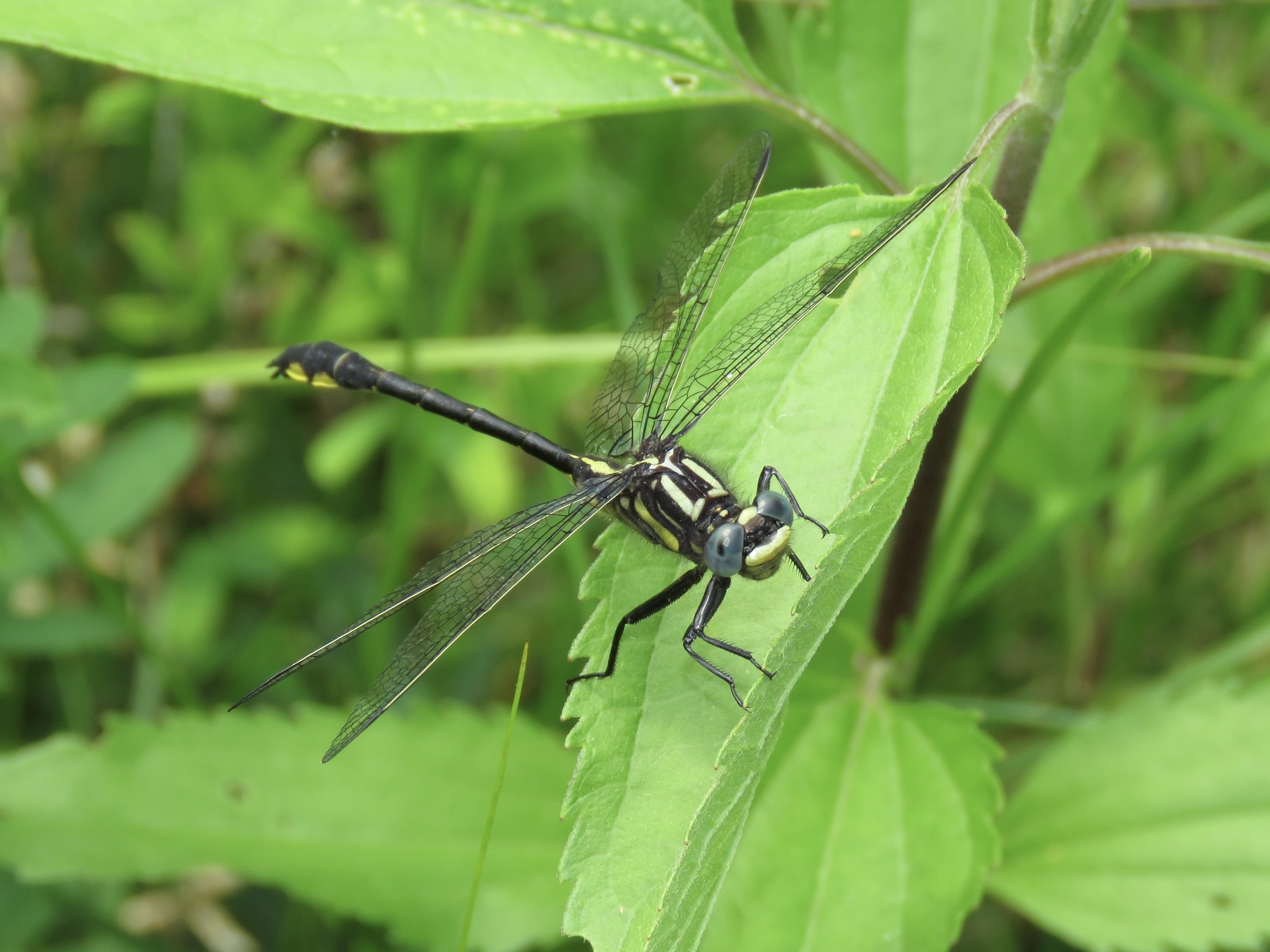
Derek Parks, an environmental consultant and the deputy chair of the Committee on the Status of Species at Risk in Ontario, said in an interview that it’s challenging for the panel to assess the health of species across their ranges because jurisdictions go at the issue differently. But with the clubtail, the committee concluded it was still common elsewhere.
“We’re just on the northern tip of its terrain,” he said. “There are other resources that can be used to protect the species that are more reliant on Ontario’s geography for survival.”
The western silvery aster, a purple flower known by botanists as one of the prettiest in its family, was also reclassified from endangered to threatened under the new rules. Though it still qualifies as endangered in Ontario, the committee said it’s generally considered threatened in other parts of its range, like Manitoba and several U.S. states.
The new classifications for the dragonfly and the flower seem to indicate that while the 2019 changes to endangered species rules aren’t great, they haven’t been as negative in practice as some experts feared, Muñoz said.
The barn swallow, too, has been reclassified due to the 2019 changes. The steely-blue and cinnamon-orange songbird known for its forked tail and fancy aerial maneuvers used to be listed as threatened, which meant the species and its habitat were protected. Now it’s a species of special concern, which means the government has to prepare a recovery plan for it within five years but isn’t otherwise obligated to protect it.
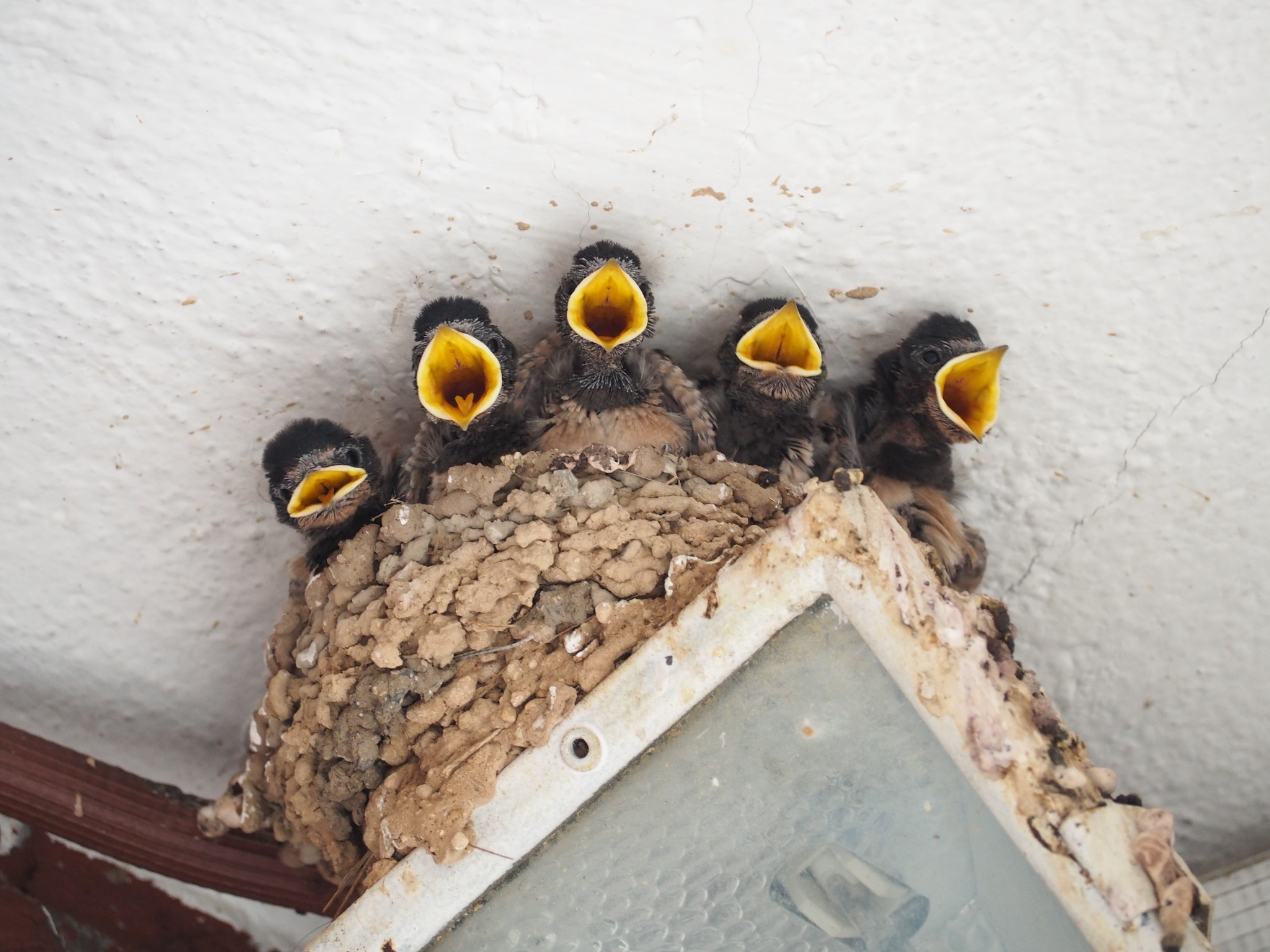
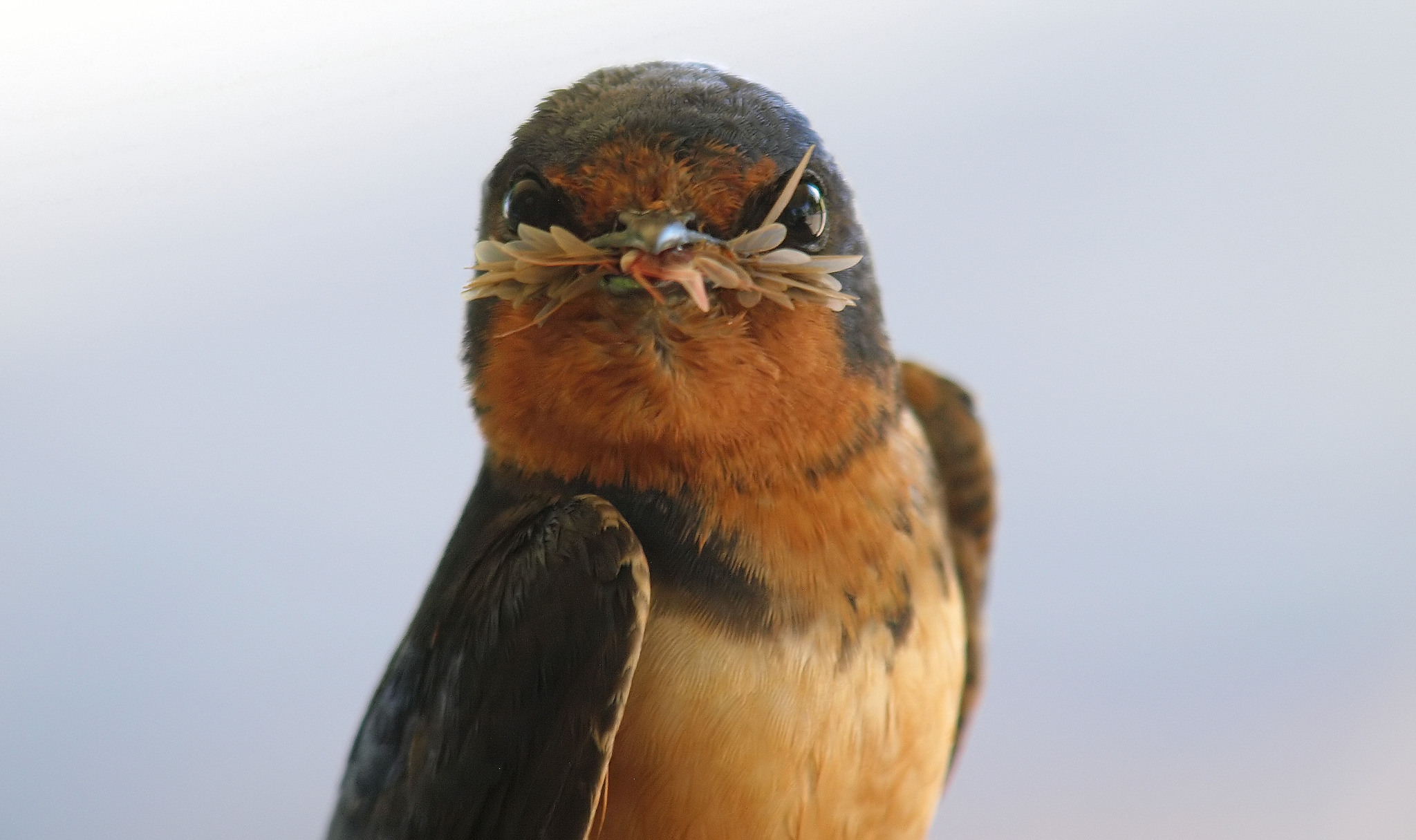
Parks said the barn swallow has declined over the last decade in Ontario, but its numbers are rising in other parts of its range, including western Canada. Though the committee technically could have delisted the species entirely under the new criteria, members “didn’t feel satisfied with that as an option” and decided to keep it as a species of special concern to keep monitoring it, he added.
Barn swallows nest at Ontario Place, a site on the Toronto waterfront where the Ford government is controversially seeking to allow construction of a large luxury spa. The full impact of planned development on barn swallow habitat isn’t clear yet, but critics have pointed out that habitat loss isn’t the only problem — collisions with new windows could also harm the birds. It’s not exactly clear how the reclassification of the barn swallow might affect the project’s approval process. Therme, the company proposing to build the spa, said in an email that it plans to use bird-friendly glass that is visible to avian species. The company is also planning to build wetland habitat and a green roof, though it’s not clear if either would be of use to barn swallows, which typically nest in caves, on cliffs and under the eaves of human-made structures.
It’s pretty rare for a species at risk to bounce back in a big way, but it’s happened before. The peregrine falcon, for example, had died out in Ontario by the 1960s. After decades of restoration efforts and legislative change, however, the species is doing a lot better — it can now be found in northern and southern Ontario, and since 2013 has been downgraded to a species of special concern. Now, it’s pretty much a textbook case for what’s possible when experts get the right resources together to tackle an endangered species problem.
“There are a lot of people that are working on it and actively trying to make things better,” Muñoz said. “It’s always a game of catch up.”
Updated on April 27, 2023 at 10:20 a.m. ET: This story was updated to correct Derek Parks’ name.
Get the inside scoop on The Narwhal’s environment and climate reporting by signing up for our free newsletter. On a warm September evening nearly 15...
Continue reading
115 billion litres, 70 years to fix, $5.5 billion in lawsuits

Climate change, geopolitics and business opportunities power a blue economy

10 billion litres of sewage are dumped into Winnipeg’s lakes and rivers each year. Some...
